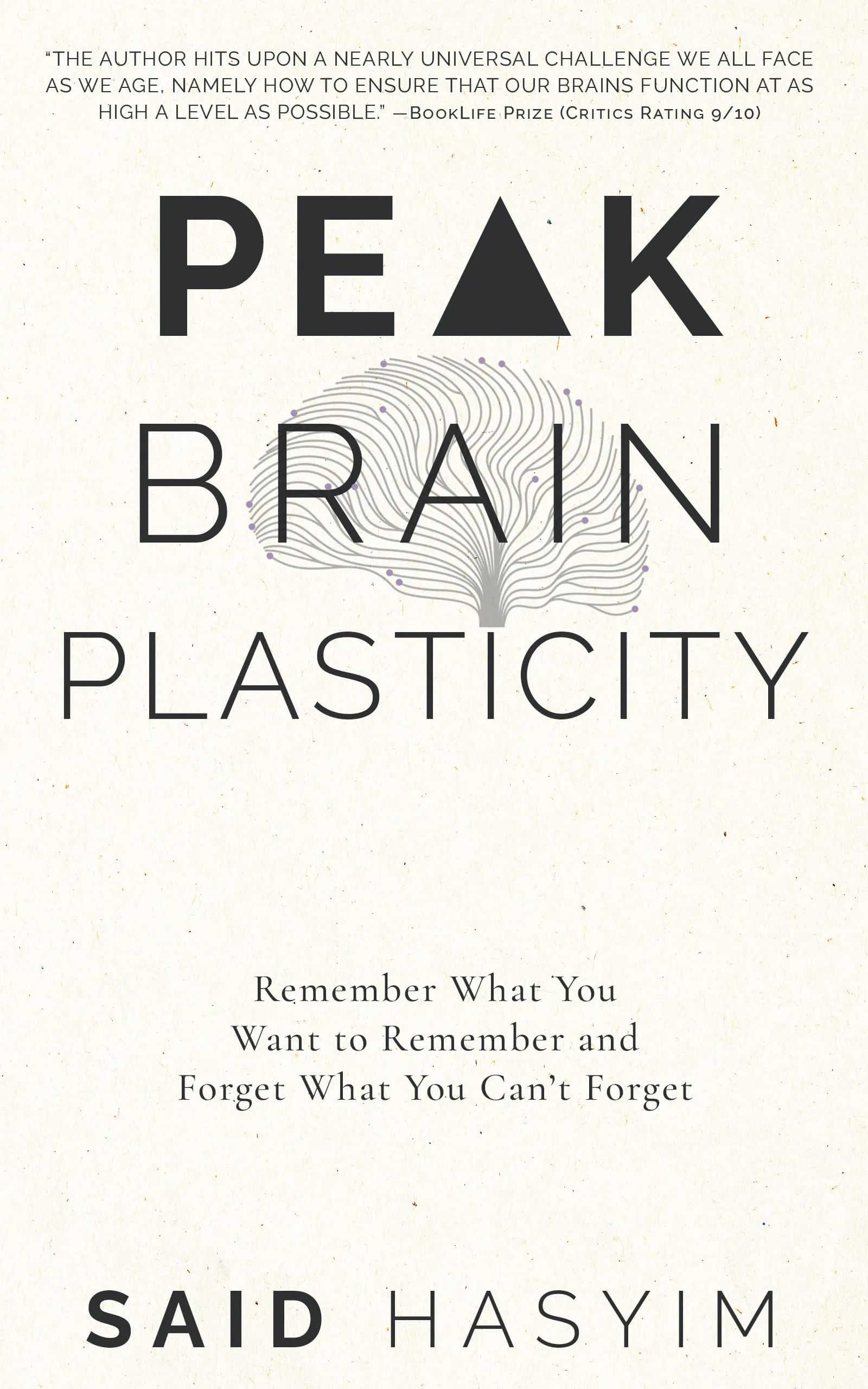Building Mental Resilience Through Memory
In today’s fast-paced and ever-changing world, mental resilience has emerged as a crucial skill. It empowers individuals to navigate life's challenges, adapt to change, and bounce back from adversity. While various strategies can enhance resilience—such as mindfulness, physical health, and social support—one often overlooked tool is memory. Building mental resilience through memory is not just about retaining information; it’s about using our memories strategically to foster strength and adaptability.
Understanding Mental Resilience
Before delving into the connection between memory and resilience, it’s important to understand what mental resilience means. Mental resilience refers to the capacity to recover quickly from difficulties, stress, or trauma. It is a dynamic process influenced by our:
- Thought patterns: How we perceive and interpret experiences.
- Emotional regulation: Our ability to manage emotions and reactions.
- Social connections: The support network we cultivate around us.
- Problem-solving skills: Our capacity to think critically and creatively.
The Role of Memory
Memory is fundamental to resilience because it allows us to learn from past experiences. Our memories serve as a mental database that informs our future decisions and reactions. By understanding our own memory, we can leverage it to enhance our resilience.
Types of Memory
Declarative Memory: This is our ability to consciously recall facts and events. It includes episodic memory (experiences and events) and semantic memory (general knowledge about the world).
Procedural Memory: This type of memory involves the skills and tasks we perform unconsciously, such as riding a bike or typing.
Emotional Memory: These are memories tied to feelings and emotions. They play a crucial role in our responses to situations and can significantly impact our resilience.
Building Mental Resilience Through Memory Techniques
To harness the power of memory in building resilience, consider the following techniques:
1. Reflective Practice
Engaging in reflective practice allows you to analyze past experiences. Set aside time to think about your responses to challenges you've encountered. Ask yourself:
- What did I learn from this experience?
- How did I manage my emotions?
- What could I have done differently?
Reflecting on these questions can lead to greater self-awareness, which is vital for resilience.
2. Storytelling
Storytelling is a powerful way to reinforce memories and lessons learned. By narrating your experiences—whether to yourself or others—you solidify the lessons tied to those memories. Create a personal narrative that highlights challenges you’ve overcome. This not only preserves your experiences but also fosters a sense of identity and strength.
3. Visualization Techniques
Visualizing past successes can reinforce positive memories and boost confidence. Take time to mentally revisit a time when you triumphed over adversity. Picture the details—the emotions you felt, the actions you took, and the outcome achieved. This practice can instill a sense of hope and empower you when facing future challenges.
4. Memory Cues
Use memory cues or anchors to trigger positive recollections. For instance, keeping a journal and rereading it can trigger memories of resilience, allowing you to revisit moments of strength during tough times. Alternatively, create a vision board with images and quotes that inspire resilience, helping you remember your capabilities in trying moments.
5. Emotional Regulation through Memory
Understanding and processing emotional memories is crucial for resilience. Work on recognizing patterns in your emotional responses. When faced with a stressful situation, recall past experiences where you successfully managed your emotions. This enables you to regulate your feelings more effectively, allowing for a clearer and more constructive response.
The Importance of Building Memory Networks
Resilience is not just about individual memories but also about how they connect. Building networks of memory can enhance your ability to cope with stressors. Here are some strategies:
1. Create Associations
Link new experiences to existing memories. For example, if you’ve successfully navigated a difficult situation, associate it with a new challenge you’re currently facing. This cognitive linking can help you draw on past strengths when needed.
2. Engage with Others
Discussing your memories and experiences with others can enhance your recollection and understanding. Sharing stories creates bonds and allows for diverse perspectives, enriching your resilience toolkit.
3. Practice Gratitude
Incorporating gratitude into your memory practices can shift your focus from negative experiences to positive ones. Make it a daily habit to reflect on what you are grateful for, creating a mental archive of positive memories that can be called upon during tough times.
Conclusion
Building mental resilience through memory involves recognizing the power of our past experiences and leveraging them for future challenges. By reflecting, storytelling, visualizing successes, and creating memory networks, we can foster resilience that equips us to handle adversity with strength and grace.
Mental resilience isn't an innate trait; it can be developed through various practices, including memory techniques. Remember, each challenge you face is an opportunity to learn, grow, and become more resilient. As you build your memory toolkit, you’ll find yourself better prepared to meet whatever life brings your way.
Embrace your memories—they hold the key to your resilience.
Harness the Power of Neuroplasticity
Discover Peak Brain Plasticity, a practical book to harnessing neuroplasticity. Enhance your memory, learn new languages quickly, and alleviate anxiety with effective study methods. Uncover daily habits that impact cognitive health and explore techniques for accelerated learning and memory retention. Unlock your brain's potential for growth and transformation.
